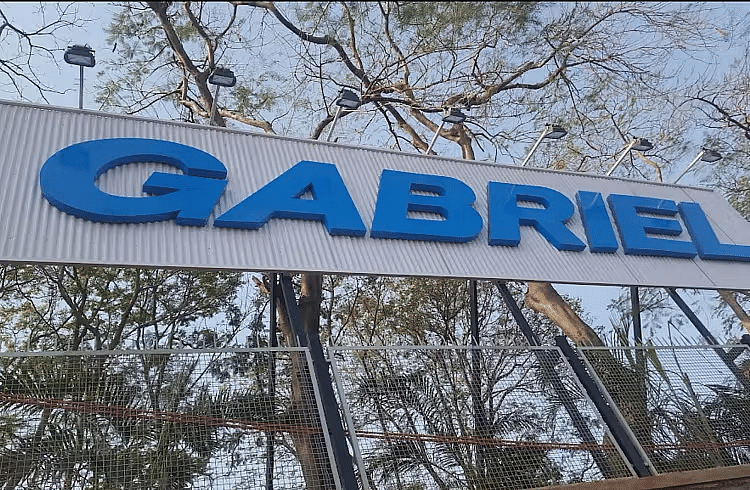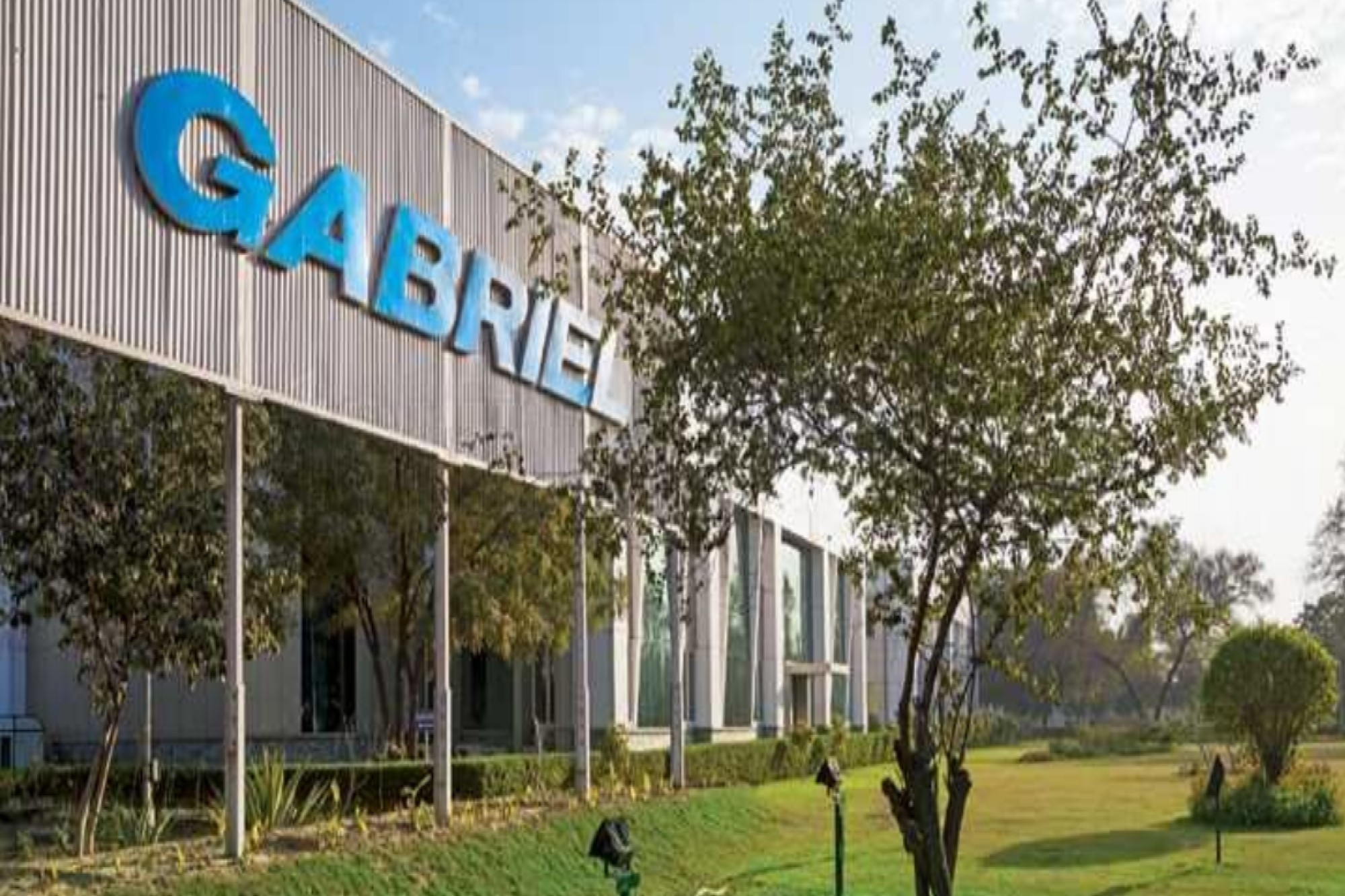Gabriel India, a leading name in the auto components sector and part of the Anand Group, set the Indian stock markets abuzz on July 1, 2025, with the announcement of a comprehensive restructuring plan. The company’s shares soared by 20%, hitting the upper circuit and reaching an all-time high of ₹842.90, following the board’s approval of a multi-tiered scheme aimed at consolidating and transforming its business operations. This bold move is designed to position Gabriel India as a diversified, technology-driven mobility solutions provider and to accelerate its journey toward a ₹50,000 crore revenue target by 2030.
The restructuring plan involves the amalgamation of Anchemco India Pvt Ltd into Asia Investments Pvt Ltd (AIPL), followed by the demerger and transfer of AIPL’s automotive business—including Anchemco and strategic stakes in Dana Anand, Henkel Anand, and ACYM—into Gabriel India. The remaining non-automotive businesses of AIPL will continue to be held by the original entity. This consolidation is expected to streamline the group’s structure, eliminate intra-group transactions, and enhance operational efficiency, offering Gabriel India a stronger platform for domestic and global expansion.
Multi-Layered Deal: Amalgamation, Demerger, and Share Swap
How the Restructuring Will Work
The restructuring will unfold in two main phases. First, Anchemco India, a manufacturer of automotive consumables such as brake fluids, radiator coolants, and diesel exhaust fluids, will be merged into AIPL. Next, AIPL’s automotive business—including its manufacturing operations and investments in key auto component firms—will be carved out and merged into Gabriel India. This will create a focused, auto-centric structure while non-auto verticals remain with AIPL.
As part of the transaction, Gabriel India will issue 1,158 equity shares of ₹1 each for every 1,000 equity shares of ₹10 each held by promoters of AIPL. This share swap is benchmarked at eight times FY25 Enterprise Value to EBITDA, reflecting a disciplined, asset-light approach with no additional debt or capital outflow. The new shareholding structure will see promoter shareholding in Gabriel India rise from 55% to 63.53%, while public shareholding will adjust accordingly.
The entire scheme is subject to approvals from the company’s board, stock exchanges, creditors, shareholders, and the National Company Law Tribunal (NCLT). The company expects the process to conclude within 10 to 12 months, assuming timely clearances.

From Mono-Product to Multi-Product: Gabriel India’s Transformation
Expanding Beyond Suspension Parts
Traditionally known for its dominance in suspension parts and shock absorbers, Gabriel India has in recent years signaled its intent to diversify. The company’s foray into the sunroof segment in 2023 marked the first step toward becoming a multi-product player. With the latest restructuring, Gabriel India will now have a significant presence in the manufacturing and sale of brake fluids, radiator coolants, diesel exhaust fluid (DEF/AdBlue) for two-wheelers, three-wheelers, four-wheelers, and trucks, as well as PU/PVC-based adhesives.
This strategic shift will not only reduce Gabriel’s reliance on a single product line but also enable it to tap into new segments, geographies, and the lucrative aftermarket and railway categories. The integration of advanced drivetrain products, body-in-white and NVH solutions, synchronizer rings, aluminum forgings, and adhesives positions Gabriel as a global OEM partner and strengthens its aftermarket presence.
Leadership Speaks
Anjali Singh, Chairperson of Gabriel India, emphasized that the restructuring aligns with the group’s strategy to re-align the corporate structure, improve competitive positioning, and unlock value for all shareholders. “We see Gabriel India as ANAND Group’s vehicle for future growth, providing a platform to capture the value creation for all its shareholders. At a Group level, we have set ourselves a revenue target of ₹50,000 crore by 2030 and we see Gabriel India leading the way,” she said.
Managing Director Atul Jaggi added, “With these strategic initiatives, we shall have a presence in manufacturing and sale of multiple products, making Gabriel India a diversified and technology-driven mobility solutions provider.”
The announcement of Gabriel India’s restructuring plan has sent ripples through the automotive industry, with many stakeholders closely watching how the company’s bold strategy will reshape its market presence. Industry experts note that the consolidation of automotive businesses under a single, streamlined entity is likely to enhance Gabriel India’s bargaining power with both suppliers and OEM clients. By eliminating overlapping operations and redundant processes, the company is poised to achieve significant cost savings and operational efficiencies, which could translate into improved margins and greater competitiveness on a global stage.
Investors and market analysts have been quick to highlight the asset-light nature of the restructuring, which avoids the pitfalls of excessive leverage that have plagued some of Gabriel’s peers in the sector. The decision to execute the share swap at a disciplined valuation multiple signals management’s commitment to shareholder value and prudent capital allocation. This approach is expected to bolster investor confidence in Gabriel India’s long-term prospects, especially as the company gears up for aggressive expansion into new product categories and international markets.
The restructuring also comes at a time when the Indian automotive industry is undergoing a seismic shift, driven by the transition to electric vehicles, increased regulatory scrutiny, and rising demand for advanced safety and comfort features. Gabriel India’s move to diversify its portfolio beyond traditional suspension parts positions it well to capture emerging opportunities in the EV, aftermarket, and railway segments. The integration of advanced adhesives, drivetrain components, and NVH solutions underscores the company’s ambition to become a holistic mobility solutions provider rather than a niche player.

Market Reaction: Stock Soars, Analysts Cheer, Investors Take Note
Record-Breaking Surge
The markets responded enthusiastically to the restructuring announcement. Gabriel India’s share price jumped 20% in opening trade, touching a 52-week high and pushing the company’s market capitalization to over ₹12,100 crore. Over the past week, the stock has gained more than 32%, and over the past three months, it has surged by over 42%, reflecting growing investor confidence in the company’s growth strategy.
Analysts have praised the move as a significant step toward operational consolidation and value creation. By simplifying its group structure and focusing on automotive operations, Gabriel India is expected to achieve better scalability, enhanced transparency, and improved stakeholder confidence. The asset-light, equity-based approach is seen as a prudent way to drive growth without over-leveraging.
Broader Industry Implications
Gabriel India’s bold restructuring is likely to set a benchmark for other auto component makers in India, many of whom are grappling with the need to diversify, scale, and adapt to rapidly changing mobility trends. The move also signals the growing importance of technology integration, product expansion, and global partnerships in the auto components sector.
Roadmap to 2030: Growth, Governance, and Global Ambitions
Strategic Vision and Execution
The restructuring is a key pillar in Gabriel India’s roadmap to achieving its ambitious ₹50,000 crore revenue target by 2030. By consolidating its automotive businesses and investments, the company aims to create a unified platform capable of supporting expansion into new product segments, geographies, and technology-driven solutions. The focus on operational efficiency, governance, and financial discipline is expected to drive sustainable and profitable growth.
The company will also benefit from enhanced governance and management, as the simplified structure reduces complexity and improves decision-making. The equity shares issued under the scheme will be listed on both BSE and NSE, ensuring liquidity and transparency for investors.

Next Steps
The proposed scheme of arrangement will now move through the regulatory approval process. If all clearances are secured on schedule, Gabriel India expects to complete the transaction within 10 to 12 months. The company has marked April 1, 2025, as the appointed date for the initial merger, with the demerger and subsequent merger into Gabriel India to commence from April 1, 2026.
On the governance front, the simplification of Gabriel India’s corporate structure is expected to yield tangible benefits in terms of transparency and accountability. With fewer cross-holdings and a clearer delineation of business lines, the company will be better equipped to respond to market changes and regulatory requirements. This is particularly important as Gabriel India seeks to attract global partners and institutional investors, who increasingly prioritize robust governance frameworks and clear reporting lines.
Employee morale within Gabriel India is reportedly high following the restructuring announcement, as the plan promises new growth avenues, skill development opportunities, and a more collaborative work environment. Management has emphasized its commitment to retaining talent and fostering innovation, both of which are seen as critical to maintaining the company’s competitive edge. The integration of diverse product lines is expected to create cross-functional teams and encourage knowledge sharing, further strengthening Gabriel’s organizational culture.
Looking ahead, Gabriel India’s leadership has outlined a clear roadmap for the next five years, with milestones tied to revenue growth, market share expansion, and technological innovation. The company’s focus on sustainability, digital transformation, and customer-centricity is expected to drive continued success in a rapidly evolving industry landscape. As the restructuring process unfolds and the market digests its implications, Gabriel India appears well-positioned to deliver on its ambitious goals and set new benchmarks for excellence in the auto components sector.
The market’s enthusiastic response to Gabriel India’s restructuring reflects broader investor optimism about the company’s future trajectory. Many see this strategic overhaul as a blueprint for other firms in the auto components sector that are seeking to adapt to changing industry dynamics. As Gabriel India continues to execute its transformation plan, stakeholders will be watching closely to see how the company leverages its expanded capabilities, diversified portfolio, and improved governance to capture new opportunities and deliver sustained value in the years ahead.
Follow: Gabriel

